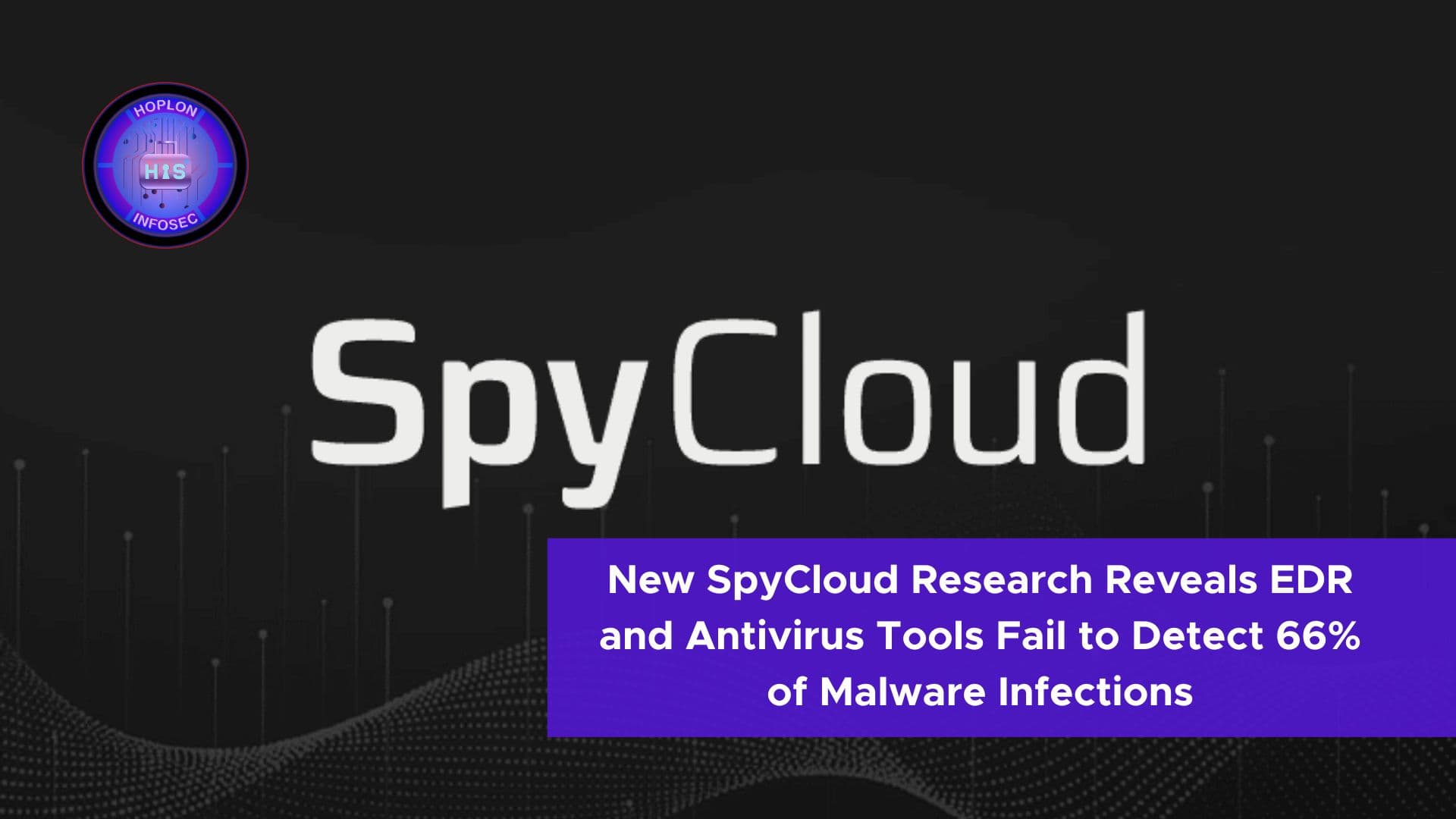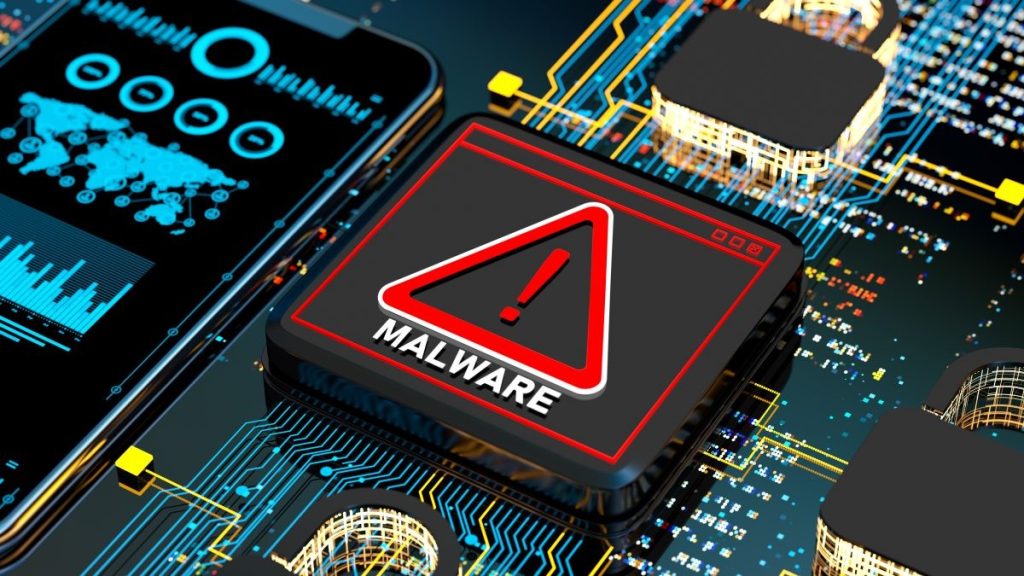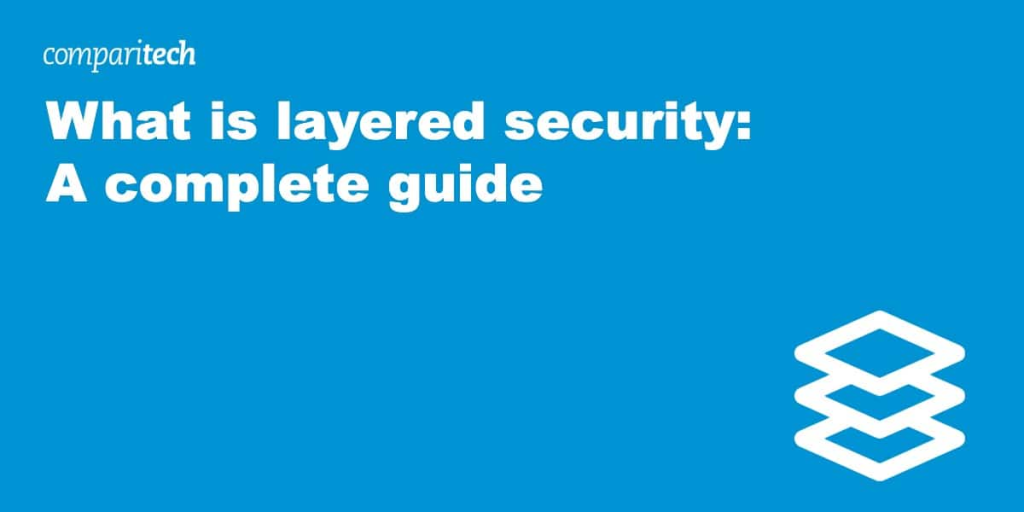New SpyCloud Research Reveals EDR and Antivirus Tools Fail to Detect 66% of Malware Infections

Hoplon InfoSec
07 Apr, 2025
The sophistication of cyber threats has evolved at a breakneck pace. Traditional security measures, while still vital, are facing new challenges as attackers refine their techniques to bypass conventional defences. One emerging issue is the ability of malware to siphon data undetected, which can then be used as a stepping stone for further attacks such as ransomware and account takeovers. With nearly one in two corporate users falling victim to malware infections in 2024, it is clear that the threat landscape requires a more layered and comprehensive approach to security. In this article we will disscuss about the new SpyCloud Report.
The Growing Challenge of Malware Evasion

How Modern Malware Operates
Malware developers have learned to adapt to the evolving digital battleground. Advanced infostealer malware now employs strategies like polymorphism, where the malicious code continually changes its structure to avoid detection. Memory-only execution is another tactic used to eliminate traces of the infection on hard drives, making forensic analysis extremely challenging. Furthermore, these malware strains frequently exploit zero-day vulnerabilities and target outdated software, highlighting the pressing need for continuous updates and vigilance in cybersecurity practices.
The Limitations of Endpoint Protection
Despite significant advancements in endpoint detection and response (EDR) technologies, traditional endpoint security solutions are not foolproof. Recent analyses reveal that a striking 66% of malware infections occur on devices that already have endpoint security solutions installed. This statistic underscores a concerning reality: while EDR and antivirus (AV) tools play critical roles in protecting devices, they often fail to detect and stop advanced malware attacks. In many instances, the sophistication of the malware allows it to bypass these systems, rendering them less effective against emerging threats.
Bridging the Gap with Layered Security

The Need for a Multi-Faceted Approach
Given the shortcomings of relying solely on endpoint protection, organizations must adopt a layered security strategy. This approach involves integrating multiple defences that complement one another to close the security gaps that malware often exploits. By combining traditional endpoint protection with additional layers of threat intelligence and identity risk monitoring, companies can significantly enhance their overall security posture. This multi-layered defence system ensures that even if one line of defence fails, others remain to catch the threat before it escalates into a full-blown breach.
The Role of Identity Threat Protection
Identity has become the new perimeter in cybersecurity. While securing the device is important, protecting the data that flows through it is equally crucial. When malware manages to exfiltrate credentials, personally identifiable information (PII), or session cookies, that stolen data can serve as a launchpad for deeper network compromises. Identity threat protection solutions work by continuously monitoring for signs of data compromise. They map incidents back to the affected users, devices, and applications, providing actionable intelligence that helps in the rapid containment and remediation of potential breaches.
SpyCloud’s Innovative Solutions
Integrating with Leading EDR Systems
SpyCloud, a leading identity threat protection company, has been at the forefront of this battle against modern cyber threats. The company has developed robust integrations with some of the industry’s most trusted endpoint detection and response products, including Crowdstrike Falcon and Microsoft Defender. These integrations serve as an additional line of defence, feeding critical data back to the EDR systems when malware infections are detected. By closing the visibility gap that often exists in traditional endpoint protection, SpyCloud’s technology enhances the capability of EDRs to detect, quarantine, and remediate infected devices more effectively.
The SpyCloud Approach to Data Visibility
One of the core strengths of SpyCloud lies in its ability to transform recaptured darknet data into actionable intelligence. Through continuous monitoring of malware logs and dark web activity, SpyCloud identifies infostealer infections that have slipped past conventional defences. This intelligence is then used to pinpoint affected users and devices, providing a clear picture of how the threat is propagating within an organization’s network. By feeding this information back into the EDR ecosystem, SpyCloud empowers security teams to take targeted actions to stop lateral movement and other forms of disruptive activity.
The Importance of Early Detection and Response

Detecting Threats Before They Escalate
Early detection is critical in minimizing the damage caused by malware infections. Once a malware attack goes unnoticed, the stolen data can be used for a variety of malicious purposes, from facilitating unauthorized access to deploying ransomware. SpyCloud’s analysis of its darknet data repository has shown that by the time malware is detected through traditional means, significant damage may already be underway. Proactive measures, therefore, must be taken to identify and respond to threats before they fully mature. This requires a combination of advanced analytics, real-time monitoring, and strategic integration of multiple security tools.
Post-Infection Remediation and Continuous Improvement
No security solution is 100% foolproof. Even with the most advanced EDR and AV tools, some threats manage to penetrate defences. This is where a robust remediation process becomes essential. Once an infection is detected, swift action is necessary to isolate the affected device, prevent further data loss, and start the recovery process. SpyCloud’s integration with EDR solutions not only facilitates early detection but also automates key aspects of the post-infection remediation process. This proactive approach minimizes downtime, reduces the risk of lateral movement within the network, and ultimately protects the organization from more severe consequences like ransomware deployments or administrative lockouts.
The Future of Cyber Defense: A Holistic View
Evolving Threats Require Evolving Solutions
The cybersecurity landscape is in a constant state of flux. As cybercriminals develop more sophisticated methods to evade detection, defence mechanisms must evolve in tandem. Traditional endpoint protection can no longer be relied upon as the sole line of defence against increasingly dynamic and covert malware attacks. A comprehensive cybersecurity strategy must encompass a wide range of protective measures, from identity threat monitoring to advanced forensic analytics. By staying ahead of the threat curve, organizations can ensure that their defences are robust enough to counteract even the most innovative forms of malware.
The Role of Advanced Analytics and AI
Modern EDR solutions leverage advanced artificial intelligence (AI) and machine learning algorithms to analyze telemetry data and identify potential threats. While these tools are essential, the rapid pace at which malware is evolving means that AI alone is not enough. SpyCloud enhances these systems by providing a continuous stream of intelligence derived from monitoring the criminal underground. This real-time data feeds into AI-driven models, allowing for more accurate detection of subtle anomalies that might indicate a malware infection. In this way, advanced analytics and AI work hand in hand with identity threat protection to provide a more complete and dynamic picture of an organization’s security posture.
A Closer Look at SpyCloud’s Impact
Real-World Applications and Success Stories
Organizations across various sectors have benefited from SpyCloud’s proactive approach to cybersecurity. By integrating SpyCloud’s technology with their existing EDR systems, many enterprises have been able to reduce the risk of data breaches and cyberattacks significantly. The value of early detection cannot be overstated—by identifying infostealer infections before they become widespread, organizations can take immediate action to safeguard sensitive information and maintain operational continuity. Real-world case studies have demonstrated that when identity threat protection is part of a layered security strategy, the overall resilience of an organization’s cyber defences is greatly enhanced.
Enhancing Collaboration Across Security Teams
Another critical aspect of SpyCloud’s solution is its ability to facilitate better communication and collaboration among different segments of an organization’s security team. When data from various sources—such as endpoint protection, identity threat monitoring, and darknet analysis—is integrated and analyzed together, security teams can respond more effectively to potential threats. This collaborative approach ensures that no single point of failure can lead to a catastrophic breach. Instead, each component of the security infrastructure reinforces the others, creating a unified defence that is greater than the sum of its parts.
Preparing for the Next Generation of Cyber Threats

Continuous Learning and Adaptation
The nature of cyber threats demands a dynamic approach to defence. Organizations must continuously assess and update their security protocols to address new vulnerabilities as they arise. This involves not only adopting new technologies but also fostering a culture of continuous learning within the cybersecurity team. Training programs, regular threat assessments, and simulations of cyberattack scenarios are essential components of a resilient defence strategy. By staying informed and prepared, organizations can better anticipate the tactics of cybercriminals and respond to them more swiftly and effectively.
The Promise of Future Innovations
Looking ahead, the integration of emerging technologies such as blockchain for secure data transactions, quantum computing for enhanced cryptography, and more refined AI models for threat prediction holds significant promise. As these technologies mature, they will likely play a pivotal role in redefining the cybersecurity landscape. SpyCloud is actively involved in research and development to ensure that its solutions remain at the cutting edge of technology. By continuously innovating and adapting, SpyCloud aims to provide organizations with the tools they need to stay one step ahead of cybercriminals in an ever-changing threat environment.
Joining the Cybersecurity Conversation
Upcoming Events and Learning Opportunities
Staying ahead in the cybersecurity field is not just about technology; it’s also about community and continuous education. SpyCloud regularly hosts virtual events and webinars designed to help organizations understand the latest trends in cyber threats and explore effective mitigation strategies. For instance, an upcoming virtual event on April 10 will feature in-depth discussions, live demonstrations of SpyCloud’s EDR integrations, and detailed analyses of recent malware trends. These events provide invaluable opportunities for cybersecurity professionals to learn from experts, share insights, and collaborate on improving defence mechanisms across industries.
How to Get Involved and Stay Updated
Organizations and individuals interested in enhancing their cybersecurity posture can benefit from a wealth of resources available through SpyCloud’s platform. From detailed white papers and case studies to interactive webinars and expert consultations, SpyCloud offers a comprehensive suite of tools designed to empower security teams. Staying updated with the latest insights not only helps in the immediate detection and remediation of threats but also contributes to a broader understanding of the evolving cyber landscape. Interested parties are encouraged to register for upcoming events, subscribe to newsletters, and actively engage with the community of cybersecurity professionals who are working to make the digital world a safer place.
Conclusion: Strengthening Defenses in a Dynamic Environment
The battle against sophisticated malware and cybercrime is ongoing, and no single solution can guarantee absolute protection. However, by integrating layered security measures that combine advanced endpoint detection with identity threat protection, organizations can build a robust defence against even the most innovative cyber threats. SpyCloud’s approach, which leverages real-time darknet data, AI-driven analytics, and seamless EDR integrations, offers a critical enhancement to traditional cybersecurity frameworks.
In today’s environment, where cybercriminals are continuously evolving their methods to exploit vulnerabilities, early detection and rapid response are paramount. By understanding the limitations of traditional endpoint protection and embracing a multi-faceted security strategy, organizations can mitigate risks before they escalate into full-scale breaches. Through initiatives such as targeted virtual events and continuous educational resources, SpyCloud is not only providing advanced technological solutions but also fostering a community dedicated to proactive cybersecurity.
For enterprises looking to fortify their defences, the path forward involves a commitment to innovation, collaboration, and continuous learning. By investing in identity threat protection and staying informed about the latest developments in malware tactics, businesses can better safeguard their critical assets and ensure operational resilience in the face of an ever-evolving cyber threat landscape.
Sources: Cybersecurity News
Share this :